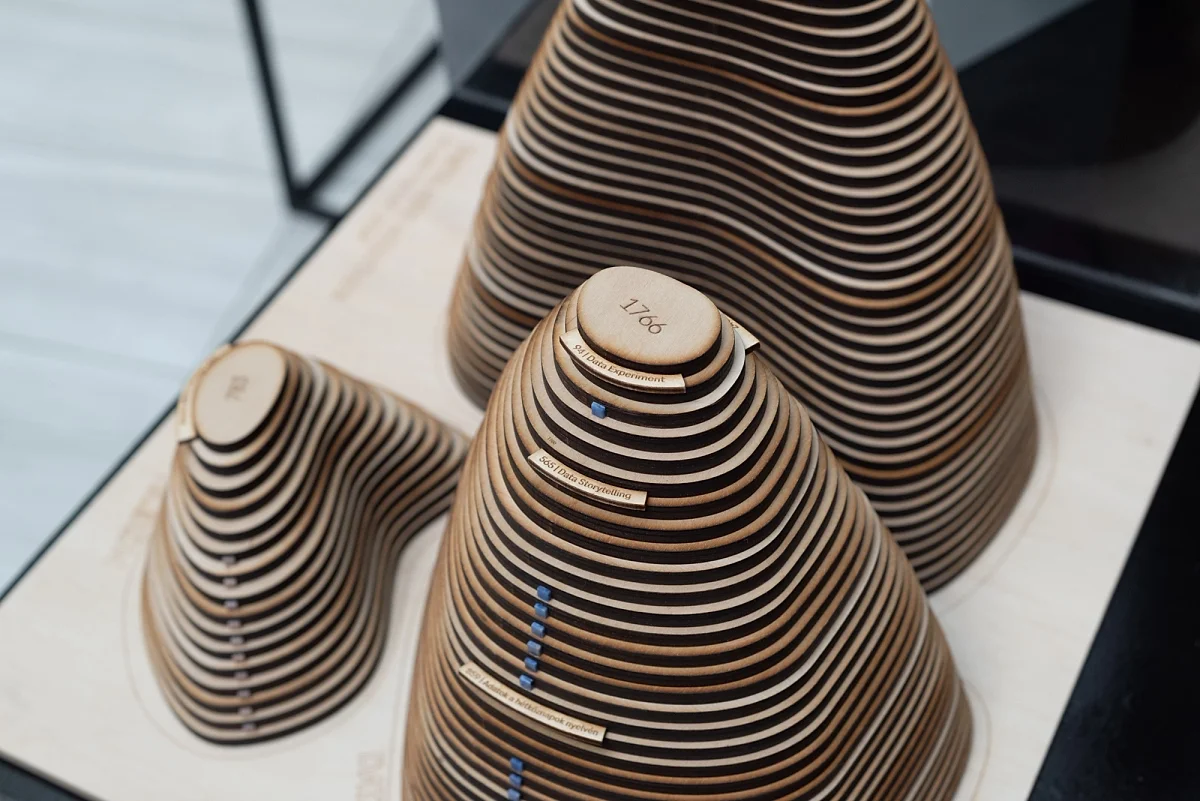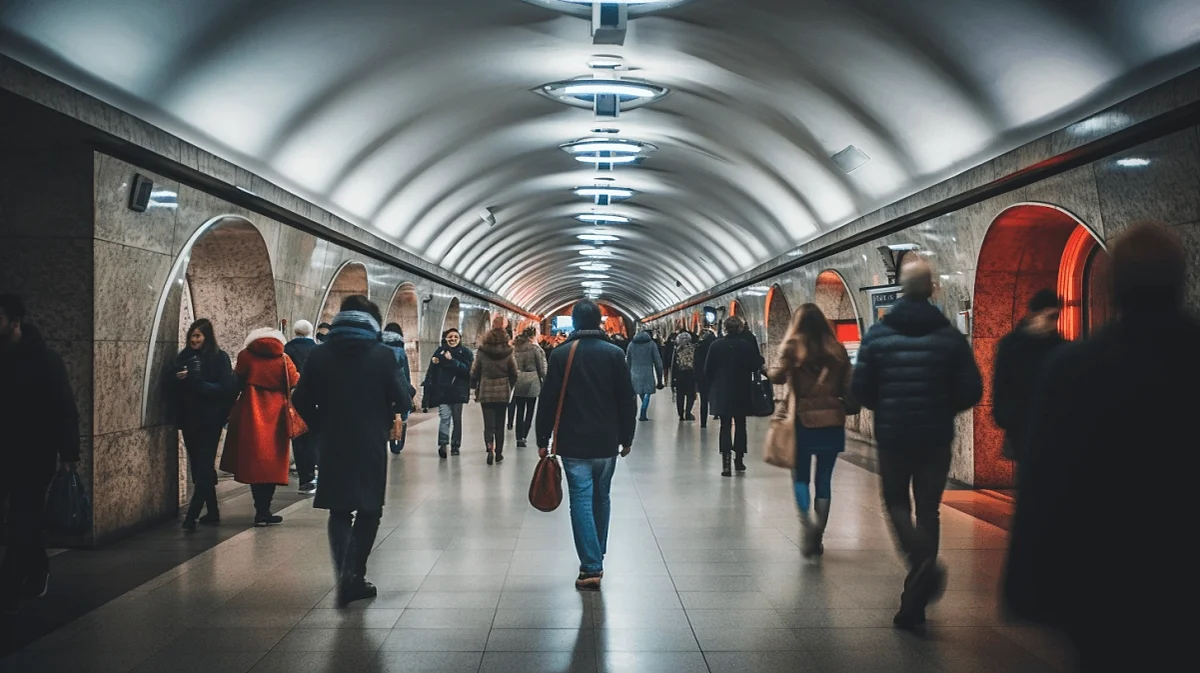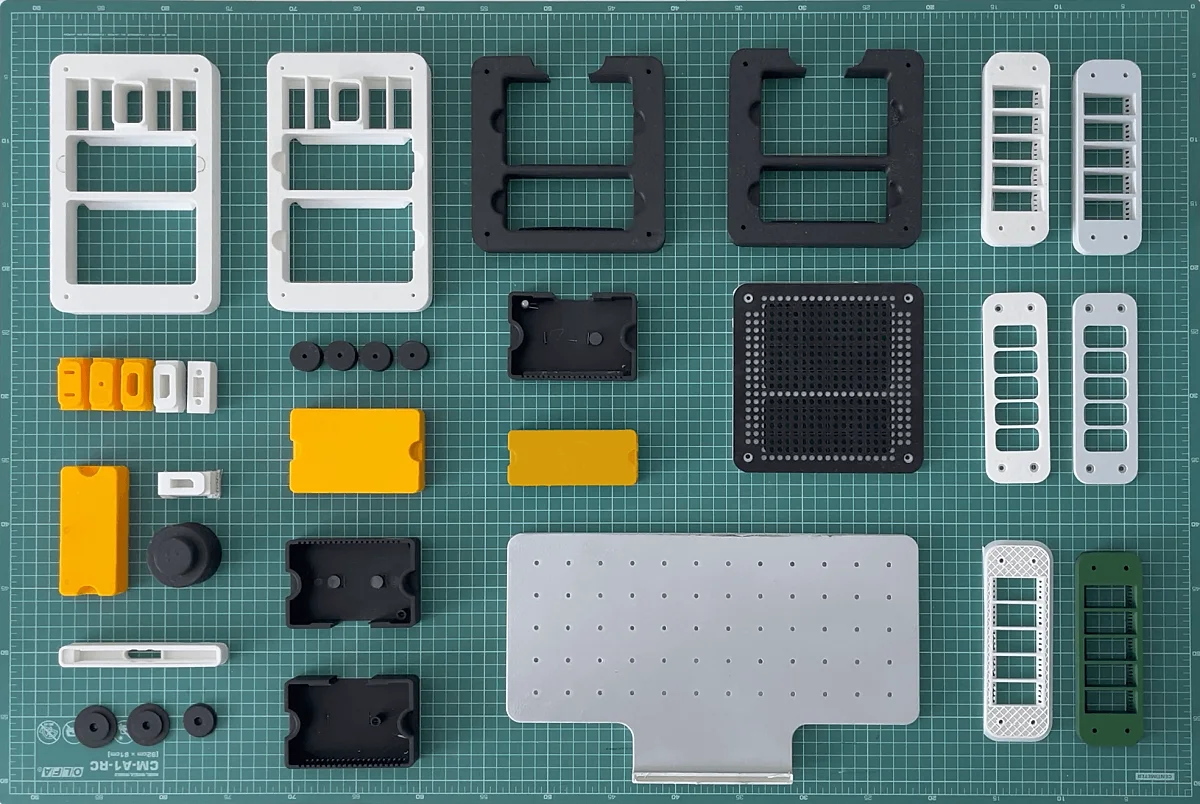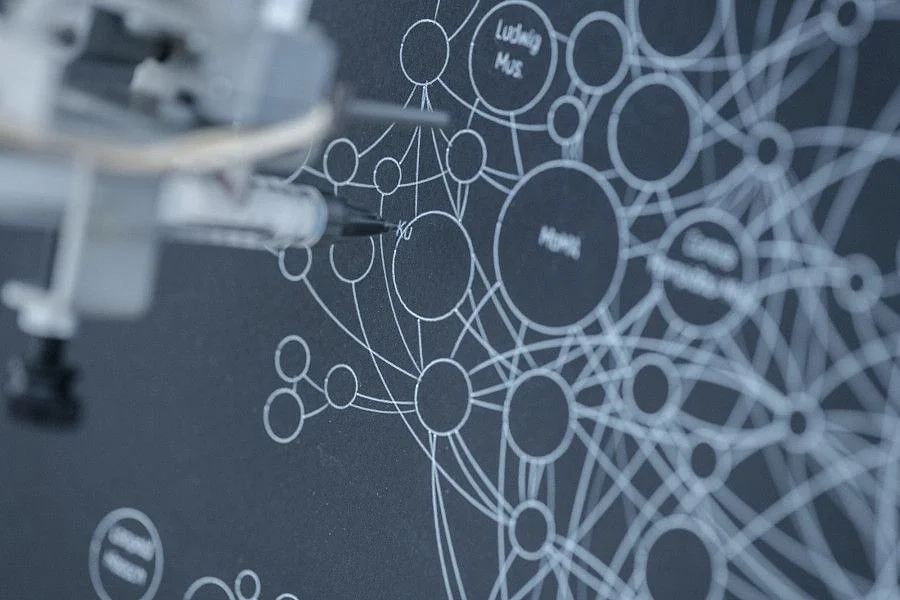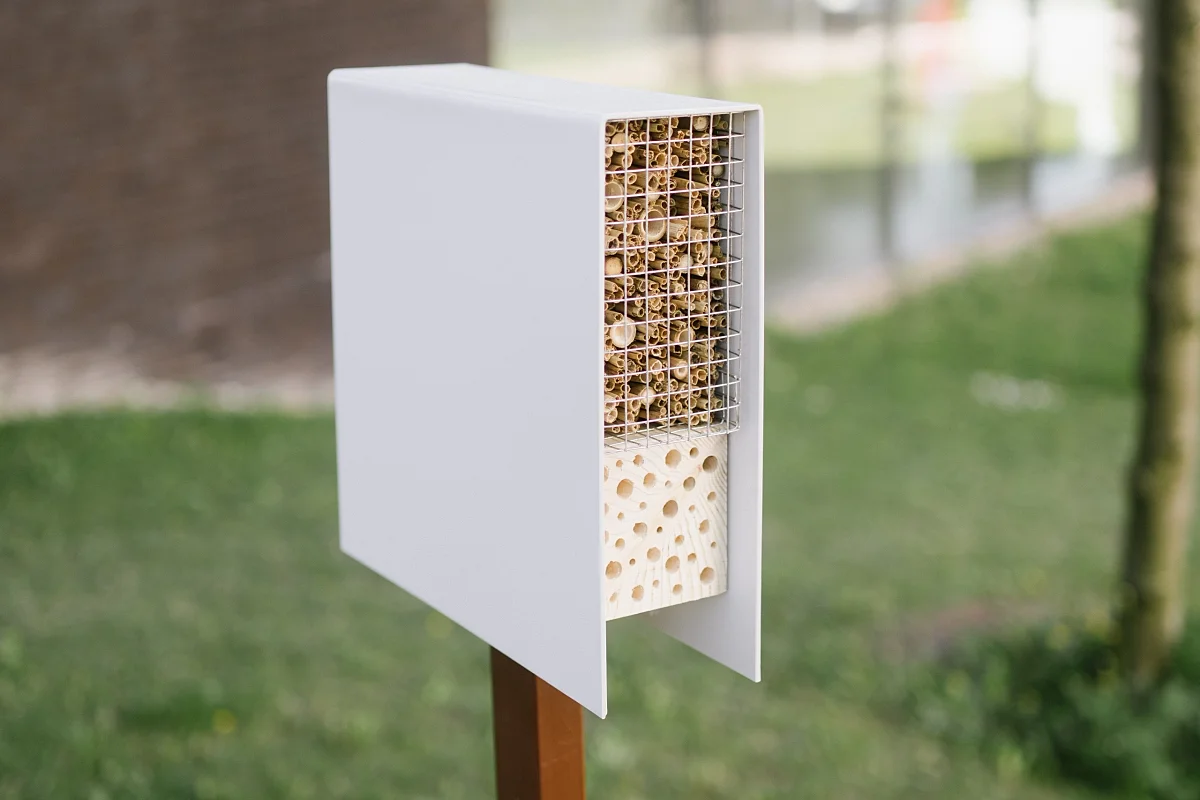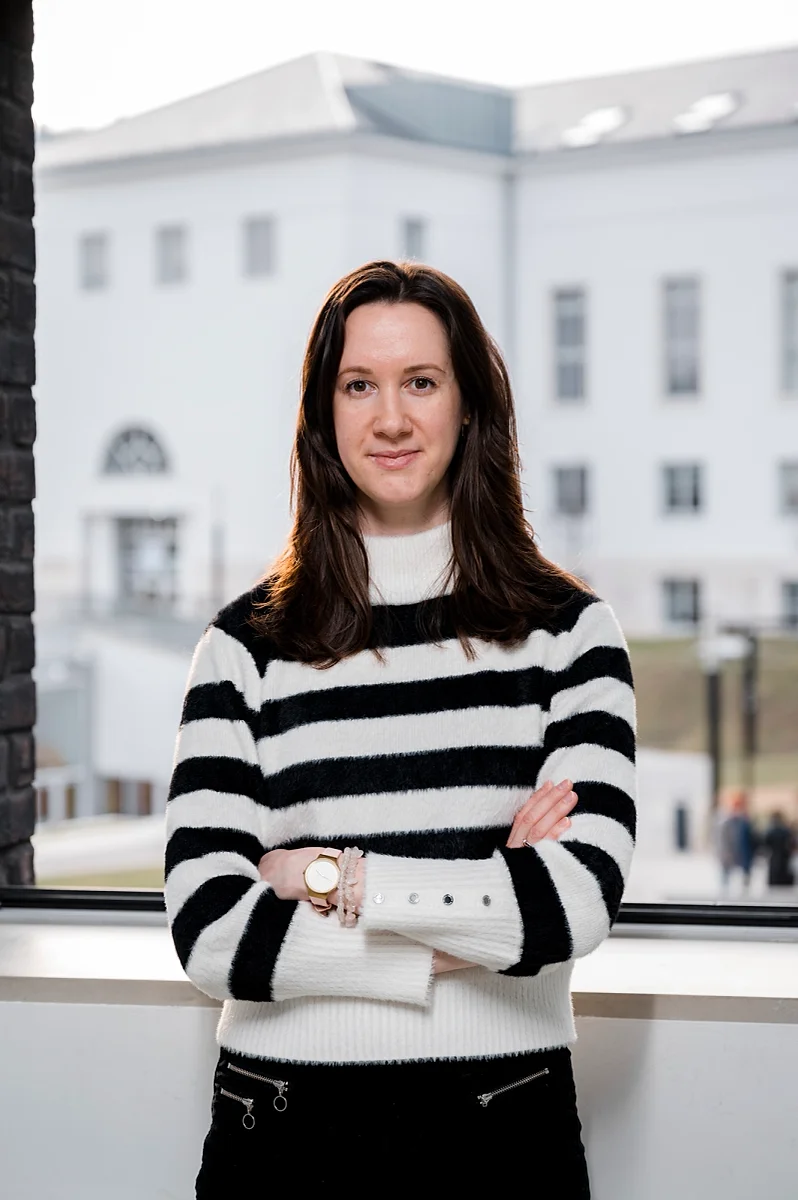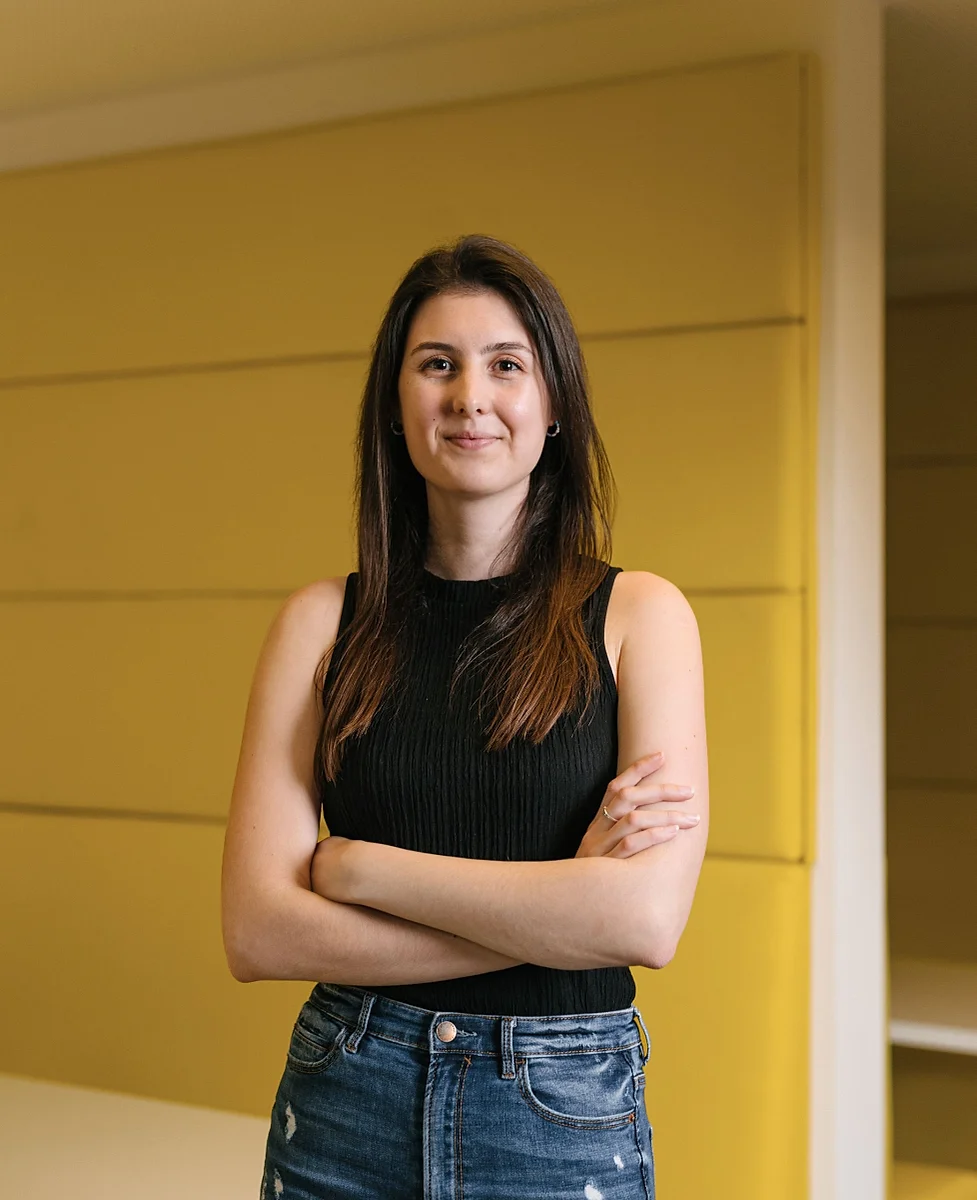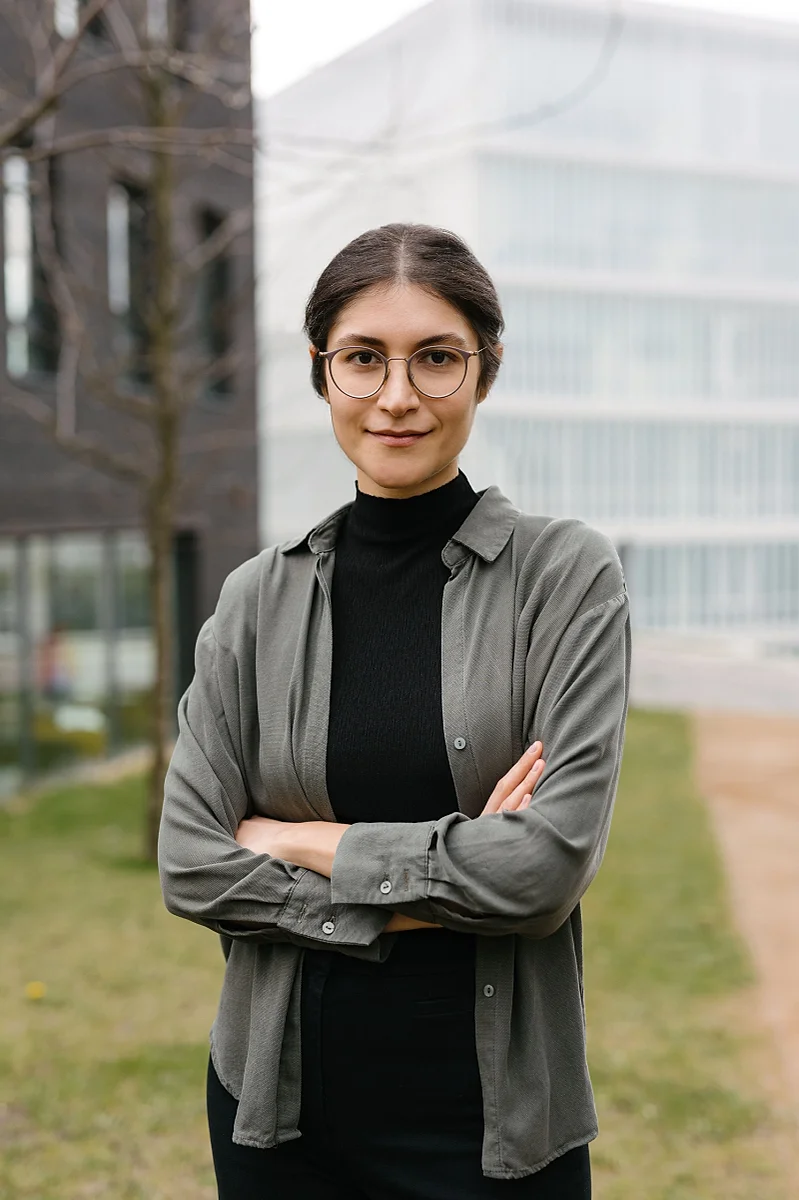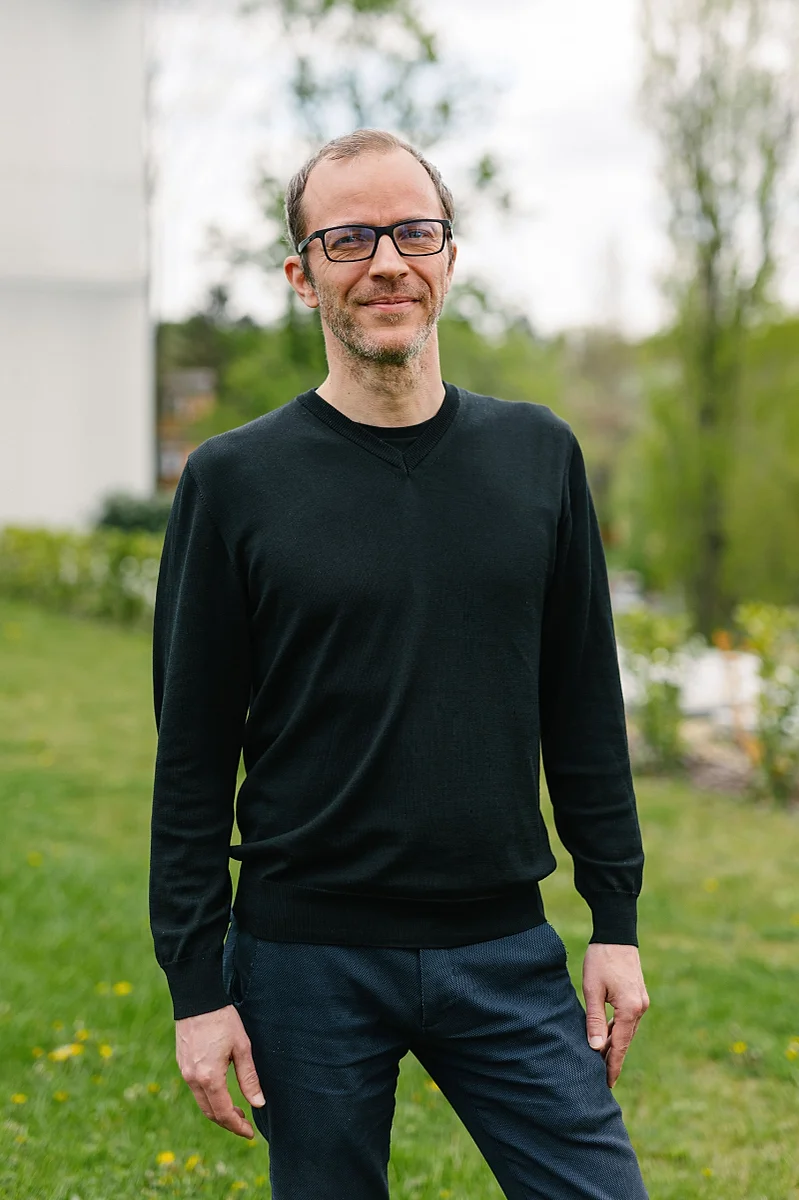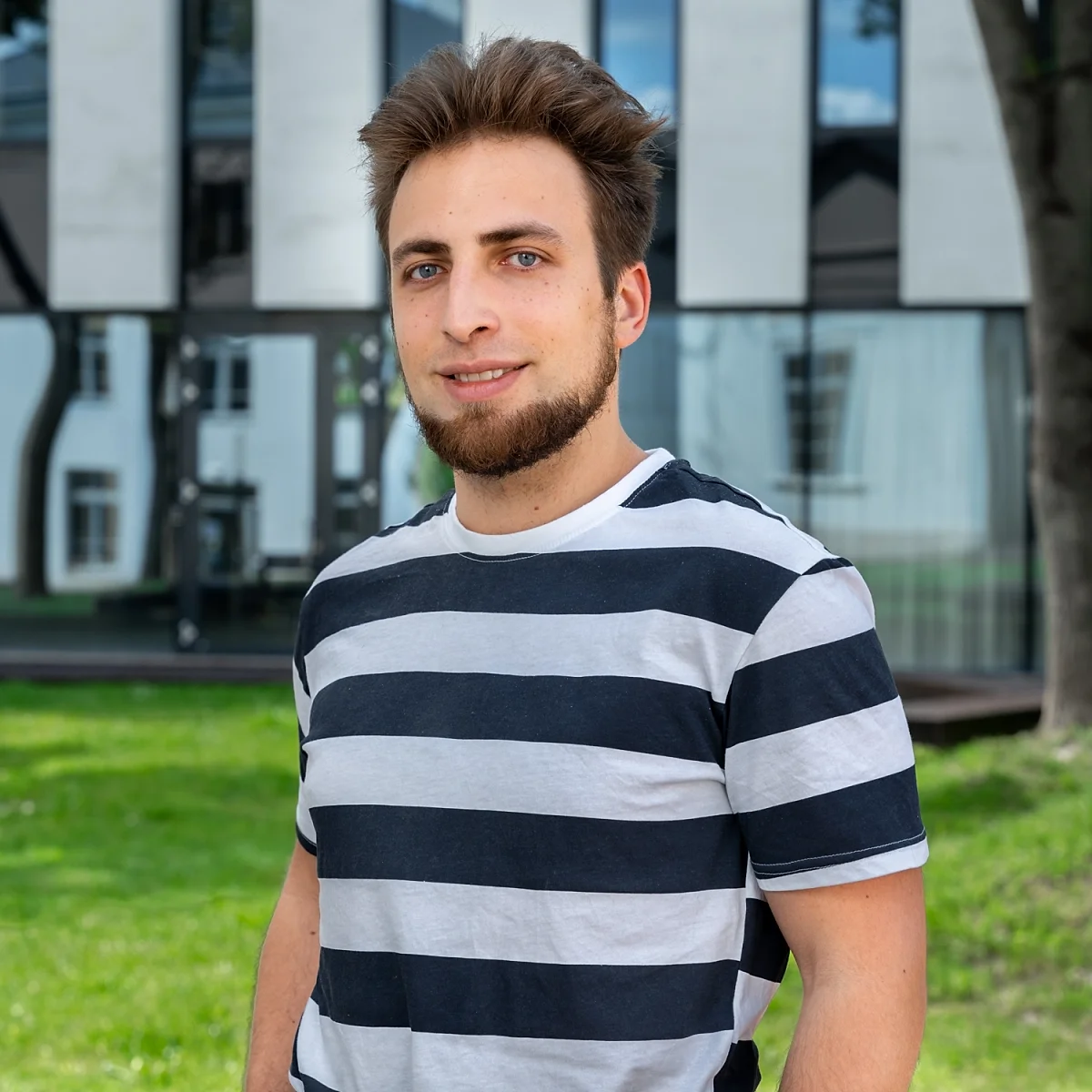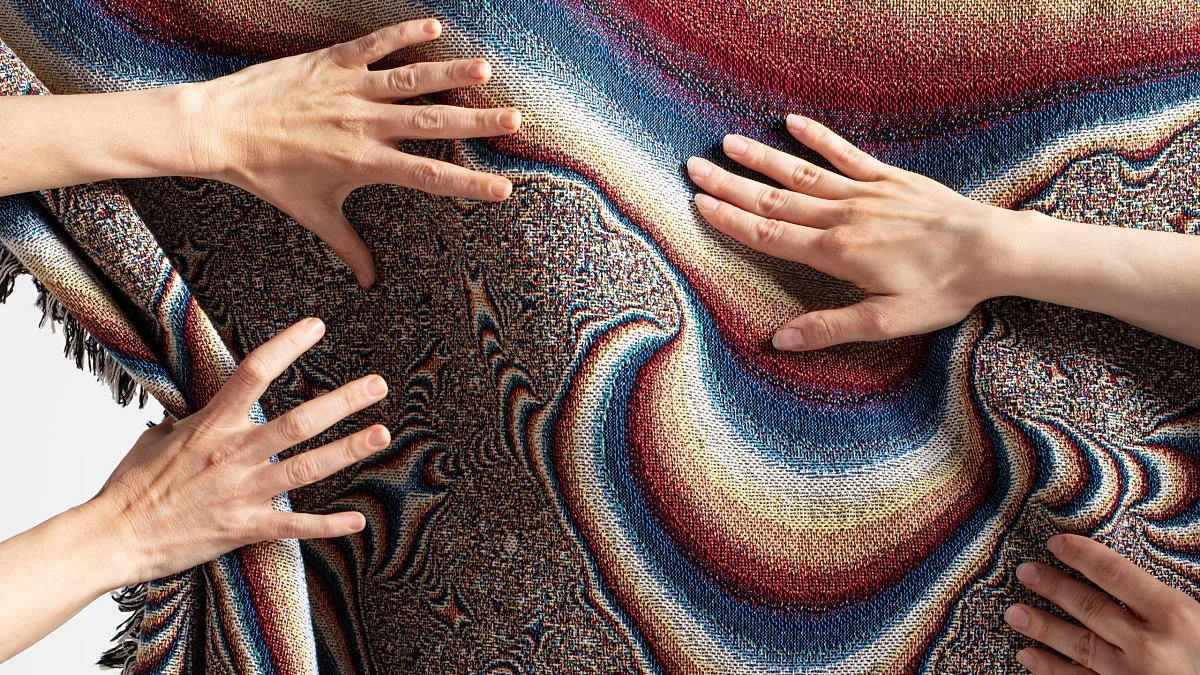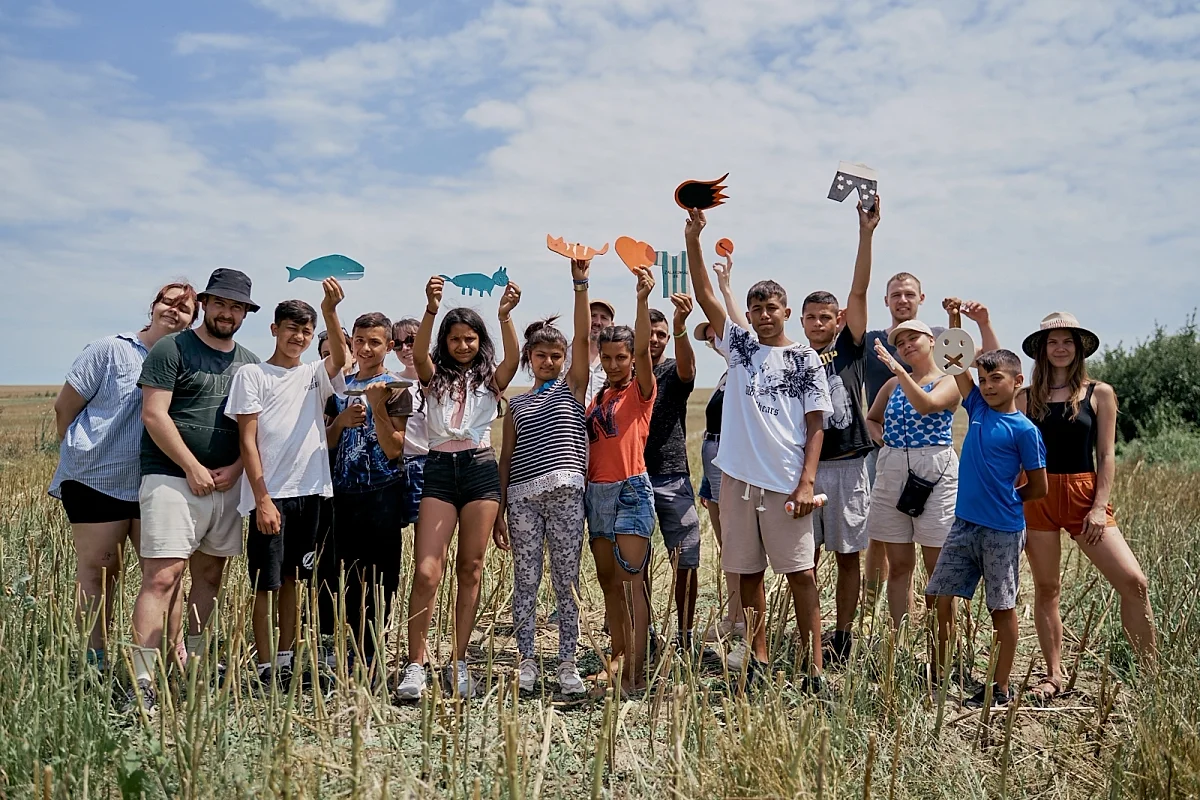Moholy-Nagy University of Art and Design
Data Storytelling Hub
Over the past decades, the surge in data generation for, about and by individuals has made data narratives increasingly complex, and often challenging for non-experts to understand. Our research aims to demystify these data narratives, enabling people to understand, interpret, and use data more effectively. By doing so, we promote clearer, more inclusive, and transparent human-data interactions in daily life.
As Human-Data-Interactions have significantly increased over recent years, it is important for design and HCI research to reconsider and refine current approaches to everyday data practices. Against a backdrop of information overload, the Data Storytelling Hub develops methodologies and tools designed to enable diverse audiences to engage with a variety of data types through novel methods considering More-than-Human perspectives using a participatory design approach.
Whether it is about interactive visualization or a tangible environment, our aim is to help people understand the stories behind the data by unlocking a world behind numbers.
One of Hungarian Telekom's priorities is to train and educate its employees. They made this possible this year within several themes, one of which was in collaboration with our Data Storytelling Hub. The Hub’s staff provided mentoring and consultation to participants in the training programme, and the completed data stories were presented in the form of an exhibition at the end of the programme.
As data visualization becomes increasingly pervasive, a fundamental question arises: How can we ensure that experts and non-experts actively participate in the design process of data-driven storytelling? Our research proposal, in collaboration with HUN-REN Centre for Energy Research, seeks to answer this critical question by delving into the design space of data-driven storytelling and developing innovative co-creation tools to enhance science communication.
This research project explores how scientific organizations can use co-design and data storytelling to effectively communicate complex information to non-expert audiences. Addressing a critical gap in science communication, it focuses on developing innovative methods and tools for making data-driven narratives both accessible and engaging, while ensuring accuracy and resonance with diverse stakeholders.
Each year 21 million tons of waste are generated due to still-usable electric products being thrown away. In response to the Right to Repair movement, in this project, we focused on the possibilities of repairable electronic household products from a product design perspective. A system with interactions that makes repair possible for consumers and enables to include outer repair services was designed. To test this framework, a monitor was chosen as the focus of the case study. The process included thorough background research, three sets of user testing, and interviews with consumers and manufacturers. As a result of this research, we could prove that the same electronic household products with the same main components can be repairable with redesigned interactions providing a tool to combat the growing number of waste and loss of resources.
The history of Debrecen was fundamentally shaped by fires, which were frequent and devastating until the middle of the 19th century. The City of Debrecen, together with the Reformed Parish of the High Church, decided to commemorate these fires. Based on the minutes and written documents found in the Debrecen archives, Olga Kocsi was commissioned by MOME to create a data-based installation that showcases the history of the city's fires. Other MOME citizens also participated in the project, including researcher Mihály Minkó.
We work to find solutions to the challenges of protecting freshwater reedbeds. Reedbeds are natural habitats of great importance to aquatic life. However, the destruction and fragmentation of reedbeds has serious consequences for the ecosystem as a whole.
A research group at MOME Innovation Center, at the call of Albert-László Barabási, physicist and network researcher, have developed a joint project, in which a network drawing robot and an augmented reality (AR) application was presented.
This research aims to expand urban placemaking toolkits to species other than humans, combined with methodologies that prompt urban professionals to consider natural elements and ecological systems equal parts or users of the urban space.
Pollino is a more-than-human placemaking initiative intersecting design, ecology, and urban planning. It seeks to explore how to reimagine urban landscapes to better cater to the needs of pollinators and enhance biodiversity and resilience.
Hub Lead
Researchers
Research Hubs
he changing climate, evolving human needs, and concerns about future resilience require a fundamental rethinking of the resources and materials we use. We adopt a material-driven design approach to explore and redefine the relationship between humanity and the resources in our environment, aiming to shape the future of food and materials.
Amid the rapid development of human/computer interaction, we at the Immersion & Interaction Hub explore the speculative scenarios of immersive environments that allow us to have a fulfilling relationship to our natural environment and our own selves.
Climate change, social inequalities, urban mobility, and other pressing issues compel us to think together about ways design can support positive changes. Our hub’s participatory, practice-based design research contributes to creating a more sustainable economy and a resilient society for everyone.
